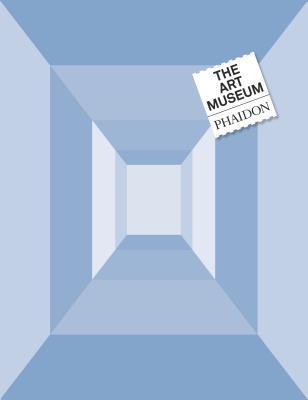
The Power of Art
Book Description
Witness the breathtaking interplay between creativity and history in "The Power of Art" by Simon Schama. Each chapter unfolds like a cinematic masterpiece, revealing how art shapes culture, ignites revolutions, and captures the human experience. From the haunting strokes of Van Gogh to the vibrant worlds of Caravaggio, the narrative illuminates the fierce passions and turbulent lives behind iconic masterpieces, inviting readers on a riveting journey through time and emotion. As every brushstroke becomes a battle for identity and meaning, one question lingers: What will the pulse of art reveal about humanity's most profound truths?
Quick Book Summary
"The Power of Art" by Simon Schama is an engaging exploration of how great works of art and the artists behind them have shaped human culture and consciousness. Through vivid storytelling, Schama connects the personal struggles and triumphs of figures like Caravaggio, Van Gogh, Rembrandt, and Picasso to the larger social and historical moments they inhabited. The book examines how creative genius is fueled by conflict, passion, and a drive to capture the truth of the human condition. Richly illustrated and deeply researched, Schama reveals not only the aesthetic brilliance of these masterpieces but also their power to provoke, heal, and transform societies. Ultimately, "The Power of Art" is a tribute to the transformative impact of art on history and our understanding of what it means to be human.
Summary of Key Ideas
Table of Contents
Art as a Force of Transformation
Simon Schama’s "The Power of Art" goes beyond conventional art history by focusing on the emotional and philosophical stakes behind great works. Schama delves into the tempestuous lives of celebrated artists, revealing how their passion, anxiety, and turmoil bleed into their creations. Each chapter is a dramatic narrative that immerses readers in moments where masterworks were born out of crisis, obsession, and conviction, showing that art is never just decoration—it’s an act of existential communication.
The Artist’s Inner Turmoil and Genius
The book emphasizes that art possesses the power to transform individuals and societies. Schama presents art as both a mirror and a catalyst—reflecting prevailing ideas and inspiring change. Whether it’s Goya’s unflinching depiction of war’s horrors or Picasso’s bold reinvention of form, these artworks challenge authority, incite reflection, and provoke debate. Through Schama’s narrative, the reader experiences how paintings do not merely adorn walls but shape public consciousness and historical trajectories.
Art’s Dialogue with Society and Power
Throughout "The Power of Art," the internal struggles of artists are central. Schama explores how personal demons, unfulfilled longing, and relentless ambition drive breakthroughs in creative expression. For many featured artists, the act of creation is a battle for authenticity, with the canvas becoming a stage for personal redemption or protest. These accounts highlight the thin line between genius and tumult, suggesting that emotional extremes often yield the most enduring works.
The Intensity of Historical Context
Schama situates each masterpiece in its precise historical and social context, illuminating how external pressures—political upheaval, societal repression, or revolutionary fervor—directly influence creative output. Caravaggio’s chiaroscuro dramatizes spiritual conflict amid Counter-Reformation Rome, while Van Gogh’s vivid colors respond to personal alienation and the anxieties of modernity. The present and the personal are thus inseparable, revealing art’s capacity to embody the pulse of an era.
The Emotional and Philosophical Impact of Art
Finally, Schama argues that the true power of art lies in its ability to move, unsettle, and inspire. The stories unlock art’s philosophical dimension: each masterpiece encapsulates universal truths about love, suffering, hope, and faith. By immersing readers in the lives and works of artists, "The Power of Art" demonstrates that art is not just for seeing, but for feeling and understanding—the gateway to empathy and insight into the human spirit.
Download This Summary
Get a free PDF of this summary instantly — no email required.





